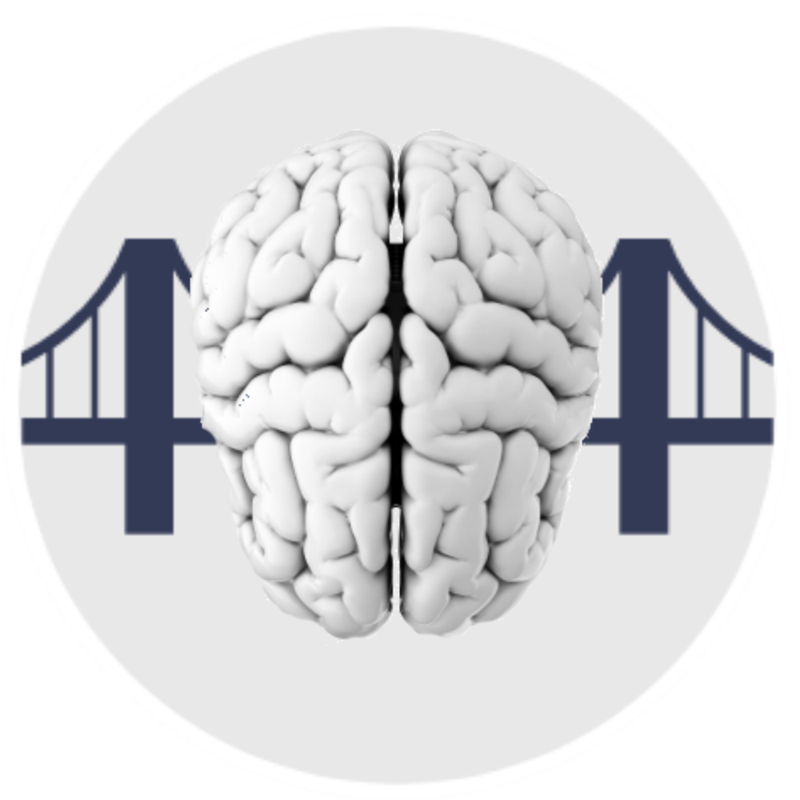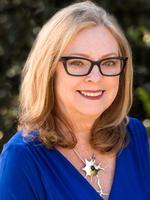Becoming an Educational Neuroscientist
by Janet Zadina on 03/05/18
I am often asked “how can I do what you do?” or “what is the path to your specialty?” This is a very difficult question to answer and requires a lengthy explanation, so I am putting it here for those who are curious. The reason my path is hard to explain is that it is very nontraditional and nonreplicable. I came in at the very beginning of the field of educational neuroscience – there wasn’t even a name for it then! Teachers were reading material and presenting about the brain and learning when we knew very little and most of the research was done on rats! That is when many of the neuromyths got started. Untenable leaps were made from the research to the classroom. My path started when I was teaching developmental reading. I was a reading specialist with a Master’s in education. I was frustrated with the research on dyslexia that was leading nowhere. Then I saw an article about Christiana Leonard’s work giving brain scans to students with dyslexia. Wow! A new window! I said “I am going to do that”. Of course, that was greeted with scoffing. But I was determined! The path that followed was somewhat miraculous and impossible to follow. I enrolled in the Ph.D. program in Education at University of New Orleans. At first hey were not in favor of my doing my program in “brain research” because all they knew at the time were those neuromyths that were still perpetuated but incorrect. So I laid low and began my plan. I just started studying that while enrolled in “computers in education”. Coincidentally, Dr. Leonard herself came to Tulane Medical School for Grand Rounds and by some fluke of fate, I found out about it. I just showed up and took copious notes. Then I introduced myself and told her I was a reading specialist getting a Ph.D. and loved her study. The head of the lab at Tulane, Anne Foundas, said, “oh, maybe you could replicate her study for your dissertation.” So I got contact information. At that point nothing happened with the lab. I started my literature review for my qualifying exam. About a year later I took the literature review to Dr. Foundas and she said maybe you can start coming to lab meetings and just sit and listen. I continued learning on my own. I just proceeded as if it were going to happen. I wrote five Internal Review Board applications to different institutions and started recruiting. Once the lab saw that I could get students, things started moving forward. Dr. Foundas joined my committee at UNO and set up a collaboration for my dissertation. The lab trained me in neuroanatomy and in measuring language regions of the brain. They trained me in testing the subjects and in conducting the brain scans. Then the research began. I was hired as a research assistant at Tulane Medical School and completed my dissertation on the neuroanatomy of dyslexia. Then I was award a Postdoctoral Fellowship at Tulane to continue my studies, much as a residency in medical school. We started a similar study on child stuttering. Then Hurricane Katrina hit and I evacuated to Florida where I remained for 12 years. The scanners were destroyed except for one in the city. There wasn’t anyone to run them for research and no volunteers. Members of the lab began moving away. That part of my life was over. I began focusing on PTSD research in Tampa, something I was interested in and participating in at VA hospital while doing my other research. So how would anyone replicate that path? Impossible. However, in the meantime, several universities designed programs in educational neuroscience. Some are for scientists who want to get involved in bridging to education. Some spring from the psychology department. A few begin with education. I suggest you start by attending Harvard Graduate School of Education: Mind, Brain, and Body Institute in the summer. See what you think. Determine what your specialty would be – what question do you have? What do you have to offer the lab that others wouldn’t? Find the relevant research articles and see who the researchers are and where they are located. See what programs might be offered at those institutions. Other institutions offering programs include Brown, Vanderbilt, and University of Texas at Arlington. Be very careful of online programs. Many presenters are still presenting misinformation and have no scientific background in which to place and understand current research. Be sure to check credentials and experience. You want to be credible and make a contribution, right? I actually had someone tell me, after giving her this explanation, “oh, no, I don’t want to go to school. I just want to become a famous brain presenter.” Yikes! So do your homework, find a credible program, and get started. It really is never too late! If you have any questions please feel free to reach out on my contact page!


